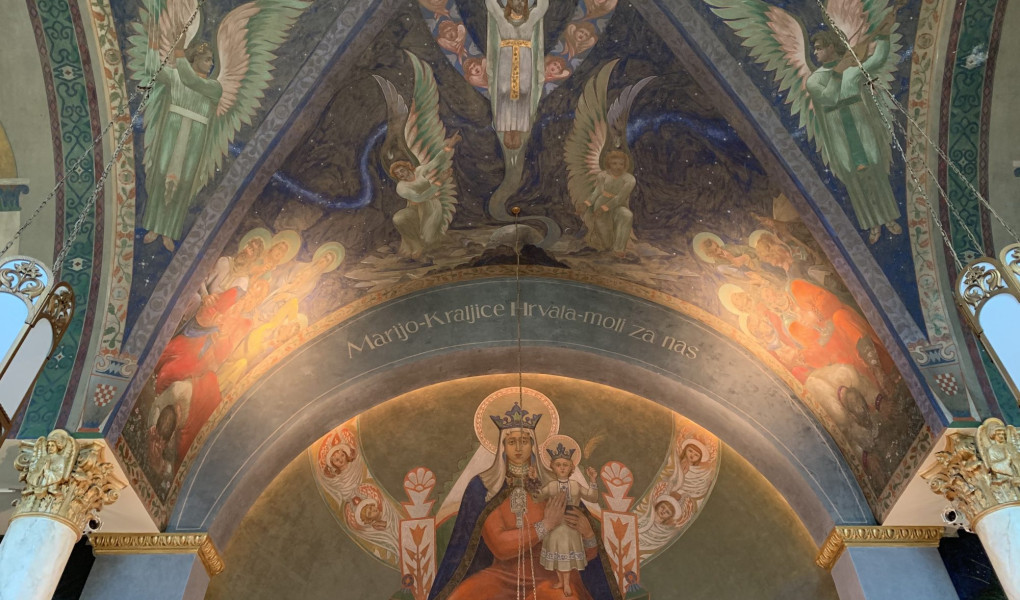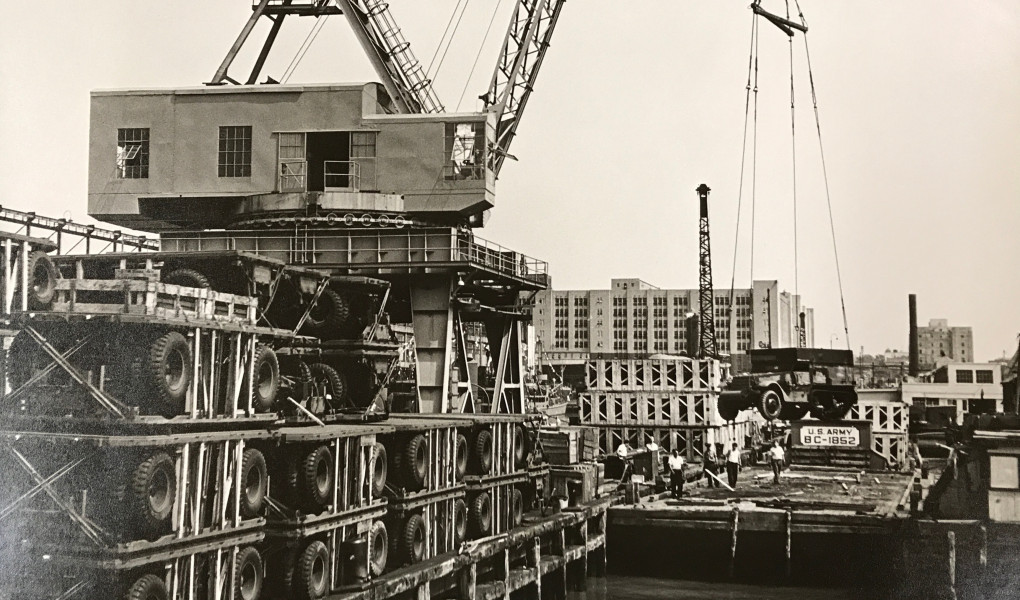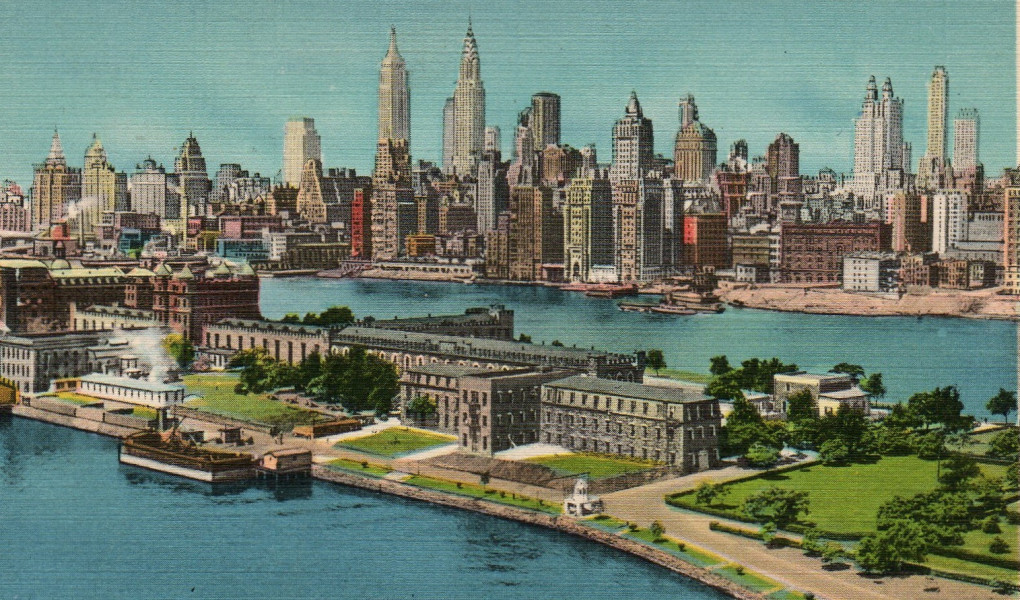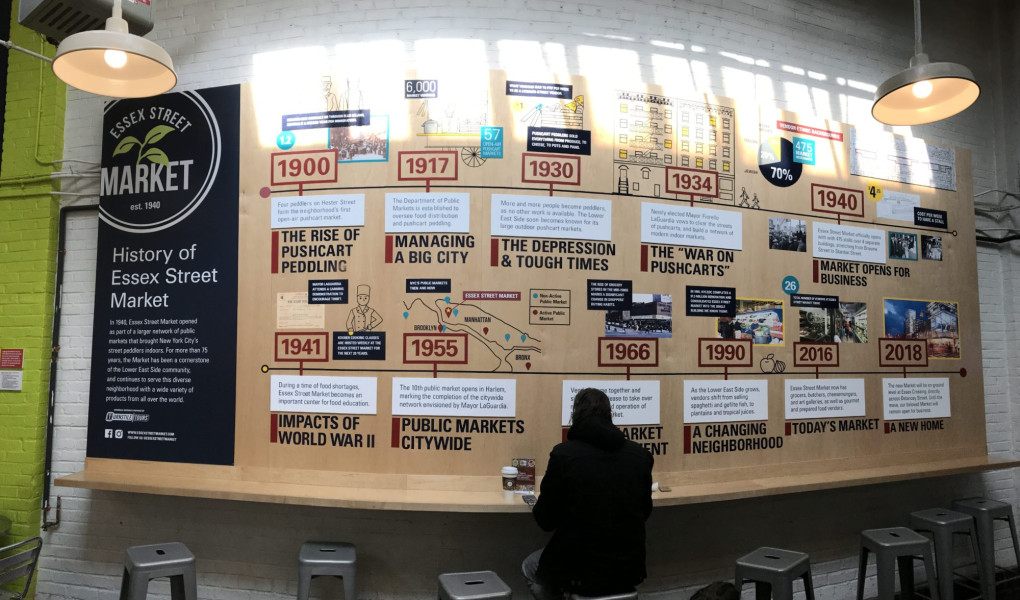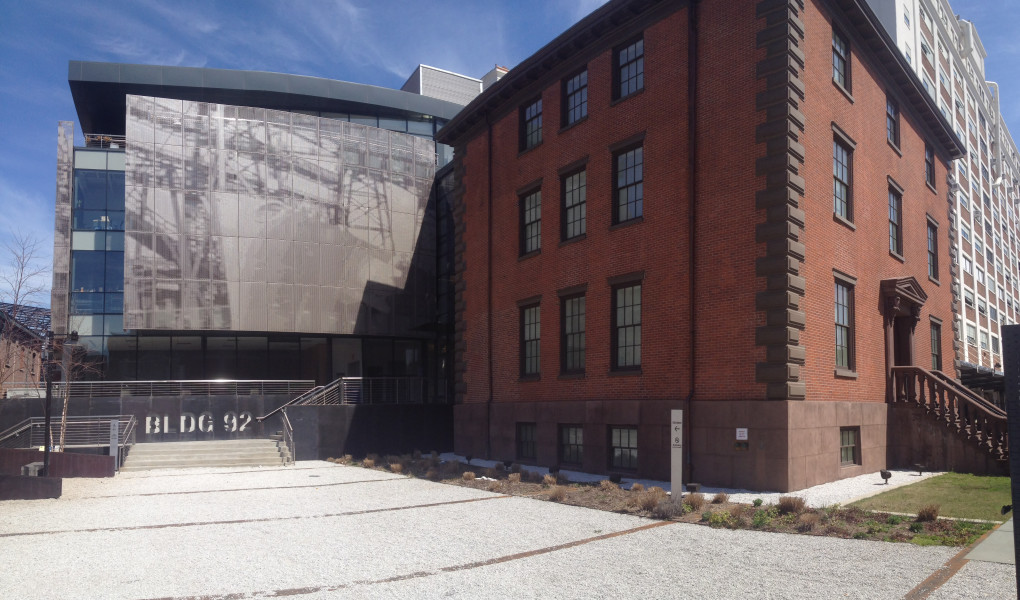Maxo Vanka Murals: Interpretive Planning
Stakeholder-focused planning process to develop interpretive framework and resources for future growth // 2020-2022
Turnstile Studio produced an interpretive plan for the Society to Preserve the Millvale Murals of Maxo Vanka in the greater Pittsburgh area, which works to preserve and interpret historic murals inside an active Roman Catholic Church. The murals were painted by Croatian artist Maxo Vanka in 1937 and 1941 at St. Nicholas Croatian Catholic Church, and they reflect contemporary struggles for social justice and the lived experience of the working-class Croatian community. The interpretive planning process involved engagement with a wide range of stakeholders, including staff, volunteers, board members, visitors, scholars, congregants, and other community members in a collaborative and iterative process to develop the final plan, which included an interpretive framework guided by interpretive themes, outcomes, essential questions, and design principles; a theory of change and logic models to guide future program development and resource allocation; audience analysis and growth strategies; and comparative sites for learning and collaboration. Following the production of the interpretive plan, Turnstile was engaged to support its implementation, which involved budgeting and financial analysis, streamlining operational processes, and marketing efforts.
